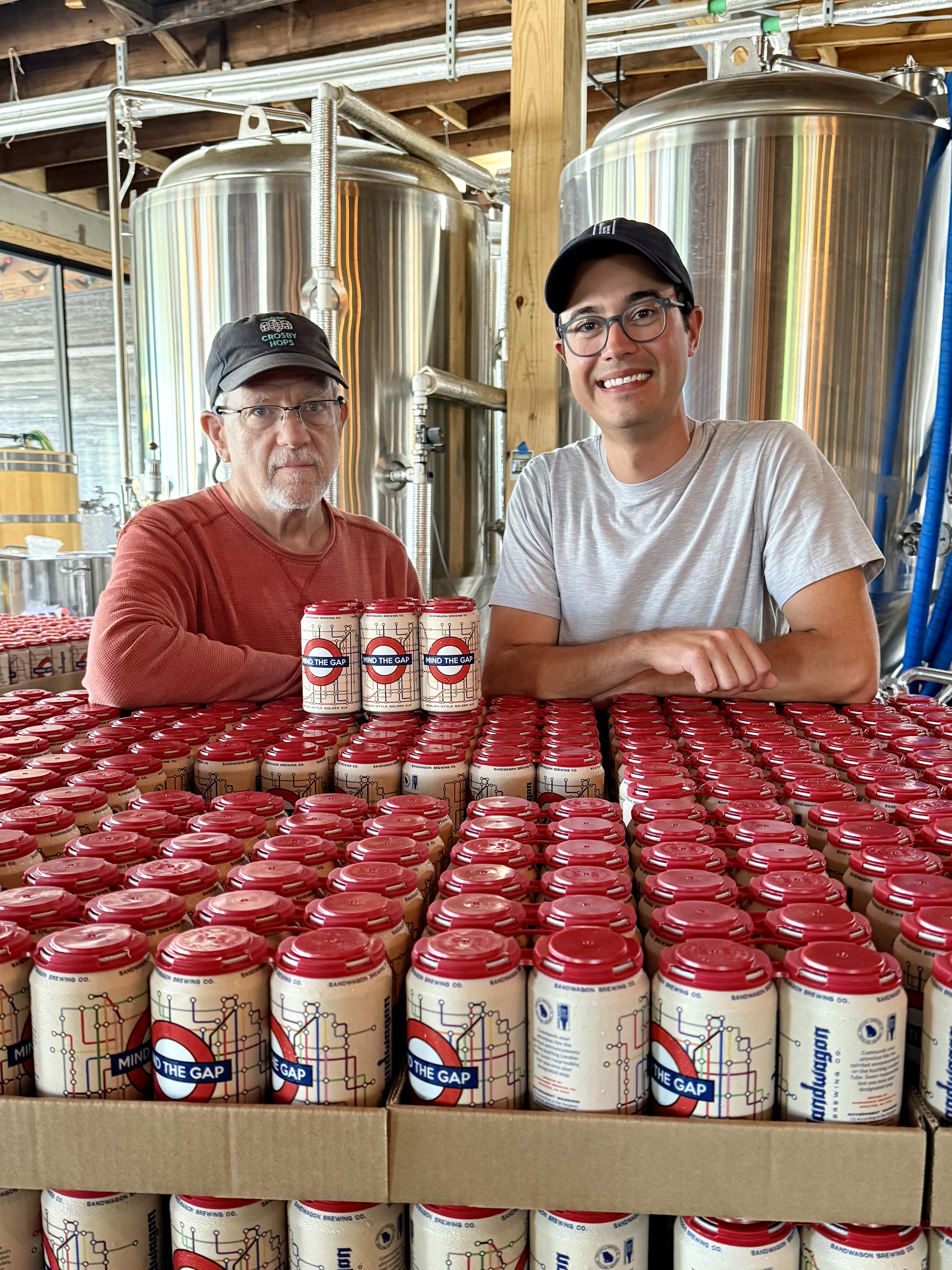We can manage what happens to water
Published 8:00 pm Saturday, February 11, 2017

- Eddie Seagle.
“Your success lies in your own hands. You must therefore not wait for the grass to become greener by magic. You have the hands to irrigate your own territory by doing what is expected of you!” Israelmore Ayivor.
As February passes right along day by day, we are teased with some cooler temps but the warmth in the air continues to show its presence each day. Oh, winter! Where art thou? Your arrival is past due! As our seasonal interest in the landscape unfolds, we begin addressing the many needs within it. These interests are multi-faceted and not without merit. Before we consider planting and expanding our landscapes, we should better understand water, irrigation, and drainage.
Plants simply cannot survive without water; some need lots while others need little. We cannot control precipitation but we can manage what happens to the water after it rains. And, we can manage our irrigation. Do you have wet soil conditions that linger on and on for days or even weeks? Or, does it seem like you can never apply too much water in your landscape because it drains so rapidly? To have some knowledge of water and drainage is priceless in overall scheme of things in your landscape.
Drainage and irrigation are two systems that we often overlook or ignore in the home landscape. Plants need sufficient moisture but not in excess, especially where poor drainage is involved. We can’t control the rate of precipitation (rainfall) but we can take measures to control the irrigation application rate and improved drainage from the site. How is your drainage and irrigation?
As we improve both the irrigation system and drainage management, the improved health of the plants becomes obvious, as well as increased property values, reduced maintenance costs, and instant curb appeal. It is critical that we take appropriate measures to remove excess water from the site through surface drainage (slopes and contours of surface) and internal drainage (properly selected and installed drain lines and direction of flow).
Furthermore, irrigation of landscapes and lawns is a common practice since the precipitation rate (rainfall) varies from month to month throughout the year. Automated irrigation systems continue to replace the “hand and hose” watering systems and other strategies of the past.
First, let’s address the drainage situation. After a rainfall, does your soil stay wet for an extended period of time or does it drain quickly by surface runoff and internal percolation and movement? After a rain, do you ever notice puddling that persists for several hours, days or longer?
If you have identified a drainage problem, contact an appropriate resource person to advise you on the next step for correction of this problem. You may need the proper catch basin unit and drain lines installed. It is critical to have them positioned correctly with the drainage pipe sloped in the right direction towards an appropriate collection point. Do not install landscape plants in any area that is problematic with poor drainage until corrections are made.
Turf and ornamental research continues to identify and define the water use rate for specific landscape plants, thus allowing us to better manage the water use in our landscapes. Water use is not a guessing game but a precise value that we must continue to acknowledge and respect. Water is a priceless resource that we must continue to better conserve and properly manage. Otherwise, we will be depleting the water supply needed for future generations and placing their quality of life in jeopardy.
Automated irrigation systems save water because they apply only the amount programmed based upon infiltration rates into the soil and plant needs, thus reducing over-application which results in puddling and runoff. These systems also save money due to the ever-increasing cost per unit of water available to the landscape.
Your first step in planning an automated irrigation system is to seek the appropriate specialist to assist you in system design and layout, as well as head selection and placement. Be sure to hire a reputable landscape irrigation company for installation and servicing. You want to be sure that all is right because once everything is in the ground and covered, any hidden mistakes will become problematic for you. Once the system is designed, most irrigation companies have a basic price per head for installation to cover irrigation heads, piping, wiring, etc. Also, selection and site placement of the appropriate control box unit is most critical.
Landscape irrigation is accomplished through either sprinkler irrigation or trickle irrigation systems. Sprinkler irrigation systems function through a delivery system that applies the water under pressure over the tops of plants. Trickle irrigation systems function by delivering low pressure water to the root zone of the plants from the top of the soil or within the soil.
As a novice, there are some terms that you should become familiar with and understand. Infiltration is the movement of water into the soil profile. Percolation is the movement of water down through the soil profile. Water holding capacity references the capacity of the soil to retain moisture for plant use (soil water tank).
There are two types of sprinkler heads, the spray head and the rotary head. Nozzles are selected to distribute water in a full circle or part circle (half, quarter, etc.) and at varying volumes. The spray pattern is the specific distribution pattern of a particular sprinkler head. Sprinkler pattern references how the sprinkler heads are aligned within one zone and throughout the landscape.
Precipitation rates are measured in inches per hour for output and delivery of the water. Regardless of the type of irrigation system selected, it is necessary to match the discharge rate of the system in gallons per minute (gpm) to the precipitation rate (application rate) that will permit optimum infiltration and water use by the plants (in inches per week). Never allow the application rate to exceed the infiltration rate, otherwise waste will be wasted as puddling or runoff.
For irrigation needs in general, turfgrasses need approximately 1.0 to 2.0 inches per week, flowers about 1.5 to 2.5 inches per week, trees and shrubs about 1.0 to 1.5 inches per week, and groundcovers about 0.5 to 1.0 inches per week. The lower rates support sustainability and the higher rates are for more exotic plants. Think sustainability!
Each local geographical area (zone) of the landscape should contain plants that have similar water needs and soil absorption rates. One operational schedule that serves all areas is highly unlikely, thus establishing geographical areas that better allow you to provide sufficient water to each zone. Allowances must be made for terrain factors, temperatures, drying winds, shade, sunlight, and quantity of competing plants.
The technology of irrigation systems is very dynamic and ever-changing. Improvements and advancements are allowing irrigation systems to keep up with current water use, quality and availability restrictions, as well as environmental issues and sustainability practices. Water is a very precious resource and efforts must be made to conserve it!
As you plan your drainage and irrigation systems into the landscape, always keep water use, conservation and sustainability in mind. Seeking proper advisement and consultation promotes improved and more effective results. You will enjoy the benefits of your labor throughout the seasons to come through curb appeal, controlled water usage and conservation, and sustainability. Always think native plants!
“No one has ever seen God; but if we love one another, God lives in us and His love is made complete in us.” 1 John 4:12.





